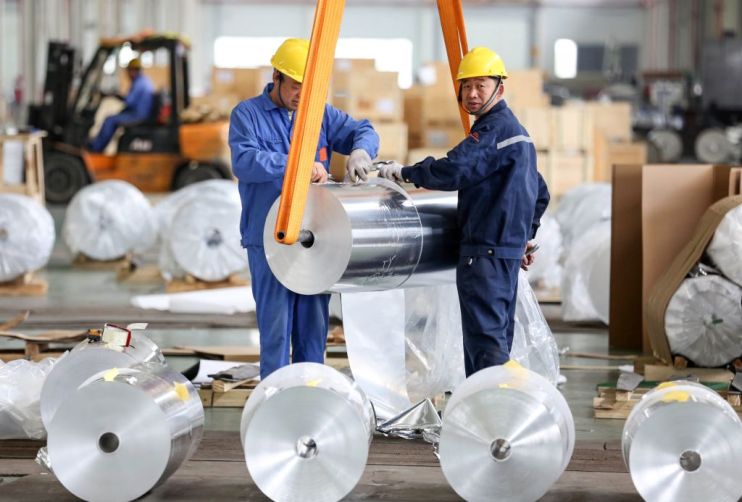Prices in China fall at fastest rate since 2009 as risk of persistent deflation looms

Prices fell at their steepest rate since 2009 in China as the world’s second-largest economy continues to grapple with the threat of deflation.
In January, the consumer price index fell 0.8 per cent compared to a year earlier, more than economists had expected. This followed a 0.3 per cent fall in December.
Plummeting food prices were the main drag, with prices falling 5.9 per cent year-on-year. Pork prices fell over 17 per cent. In part, this reflects the fact that Chinese New Year, when there is often a surge in demand, is in February this year rather than January.
But non-food inflation also came in lower than expectations, driven by transportation & communication.
Despite the figures, most analysts argued that China was unlikely to face a downward price spiral. As Lynn Song at ING said: “The base effects makes January’s data look worse than they are.”
Song argued that month-on-month figures showed slight increases in inflation while pork prices have also started to increase. “We see a high likelihood that January’s data could mark the low point for YoY inflation in the current cycle,” Song concluded.
Similarly, analysts at Capital Economics predicted that inflation was “set to rebound gradually”.
“We expect easing food price deflation to lift consumer price inflation into positive territory in the coming months,” they said. “But core inflation will probably stay low.”
The figures demonstrate the challenges the ruling Chinese Communist Party (CCP) has faced in trying to stimulate a strong economic recovery in China following the pandemic.
Although growth across 2023 was above five per cent, it has slowed sharply due to a crisis in the country’s commercial real estate sector. Many analysts expect it to continue slowing sharply with the country’s leaders describing the recovery as “tortuous“.
The CCP has unveiled a range of stimulus measures in an attempt to resurrect the economy. Last month the Chinese central bank slashed banks’ reserve requirement ratio to try and pump more long-term liquidity into the market.